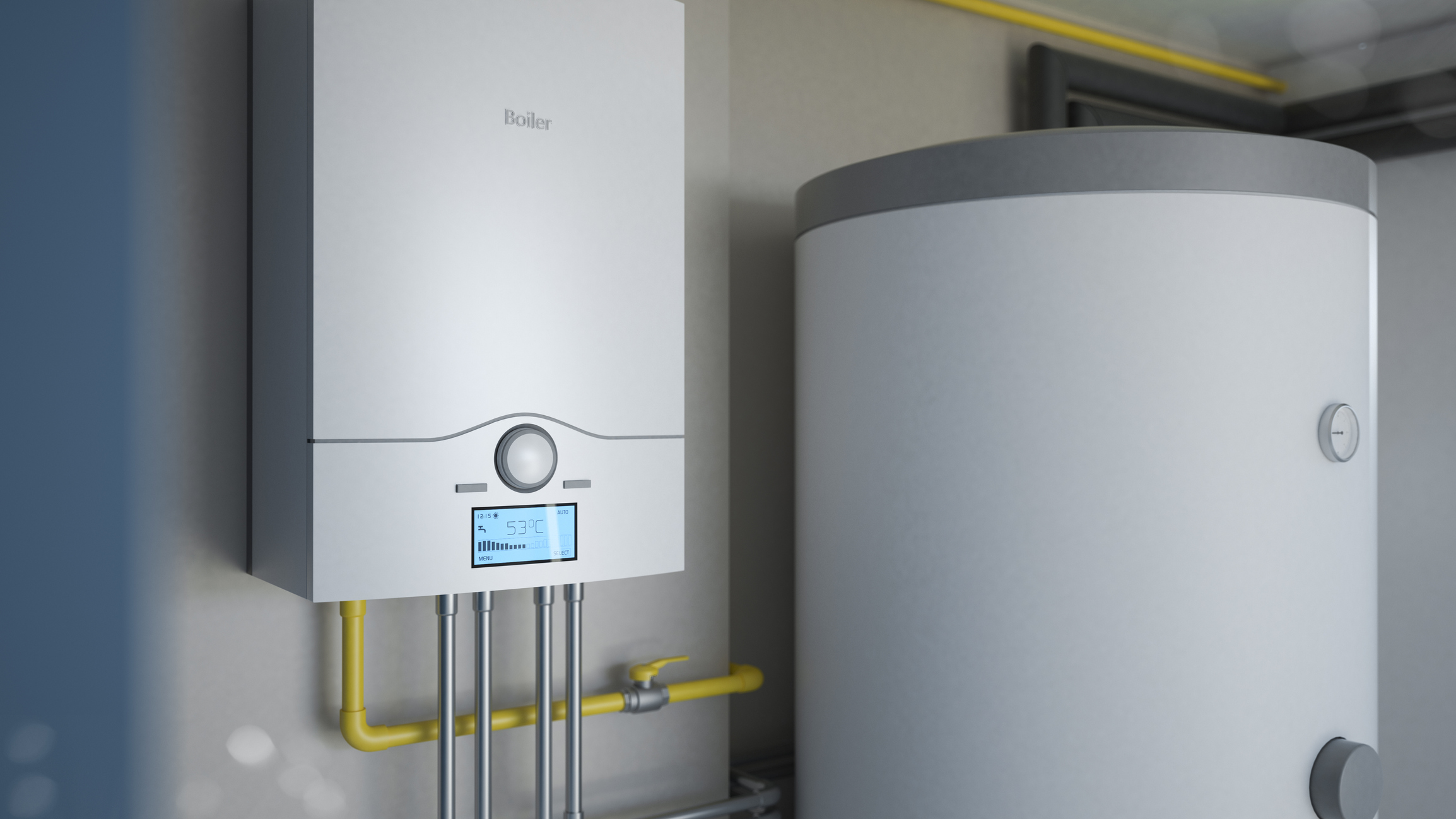How to Maintain Your Home's Hot Water System Properly
How to Maintain Your Home's Hot Water System Properly
Blog Article
We have stumbled on this article about How to Maintain Your Water Heater & Prolong its Life listed below on the internet and felt it made sense to share it with you on this page.

Warm water is crucial for daily convenience, whether it's for a revitalizing shower or washing dishes. To guarantee your warm water system runs effectively and lasts much longer, regular upkeep is essential. This short article provides practical pointers and understandings on exactly how to maintain your home's warm water system to prevent disruptions and pricey repair work.
Introduction
Keeping your home's warm water system might seem overwhelming, however with a few straightforward steps, you can ensure it runs smoothly for several years to find. This overview covers whatever from recognizing your hot water system to do it yourself maintenance ideas and knowing when to call expert aid.
Value of Preserving Your Warm Water System
Regular upkeep not only prolongs the lifespan of your warm water system but additionally ensures it runs efficiently. Disregarding maintenance can cause decreased performance, higher power bills, and even early failure of the system.
Indications Your Warm Water System Requirements Upkeep
Knowing when your warm water system requires attention can avoid significant issues. Keep an eye out for signs such as inconsistent water temperature level, strange noises from the heating unit, or corroded water.
Comprehending Your Warm Water System
Before diving into maintenance jobs, it's helpful to understand the fundamental components of your hot water system. Normally, this consists of the water heater itself, pipes, anode rods, and temperature controls.
Month-to-month Upkeep Tasks
Routine month-to-month checks can aid catch minor problems prior to they escalate.
Flushing the Water Heater
Flushing your water heater gets rid of debris accumulation, boosting performance and prolonging its life.
Checking and Replacing Anode Rods
Anode rods stop corrosion inside the tank. Checking and changing them when worn is critical.
Inspecting and Adjusting Temperature Setups
Readjusting the temperature level setups makes certain optimum efficiency and safety and security.
Do It Yourself Tips for Maintenance
You can carry out a number of maintenance tasks yourself to keep your warm water system in top condition.
Checking for Leaks
Routinely examine pipes and connections for leakages, as these can result in water damage and higher costs.
Examining Stress Alleviation Valves
Evaluating the pressure safety valve ensures it works correctly and prevents excessive stress build-up.
Protecting Pipelines
Insulating hot water pipelines minimizes warm loss and can save power.
When to Call an Expert
While DIY upkeep is beneficial, some concerns need expert knowledge.
Complex Issues Calling For Expert Help
Instances consist of major leakages, electric troubles, or if your water heater is consistently underperforming.
Regular Expert Maintenance Conveniences
Expert maintenance can include thorough examinations, tune-ups, and guaranteeing compliance with safety and security standards.
Verdict
Regular upkeep of your home's hot water system is necessary for effectiveness, long life, and expense savings. By complying with these ideas and knowing when to look for professional aid, you can guarantee a reliable supply of warm water without unanticipated disturbances.
How to Maintain an Instant Hot Water Heater
Before tinkering with your hot water heater, make sure that it’s not powered on. You also have to turn off the main circuit breaker and shut off the main gas line to prevent accidents. Also turn off the water valves connected to your unit to prevent water from flowing into and out of the appliance. 2. When you’re done, you have to detach the purge valves’ caps. These look like the letter “T†and are situated on either side of the water valves. Doing so will release any pressure that has accumulated inside the valves while at the same time avoid hot water from shooting out and burning your skin. 3. When the purge valves’ caps are removed, you have to connect your hosing lines to the valves. Your unit should have come with three hoses but if it didn’t, you can purchase these things from any hardware or home repair shops. You can also get them from retail stores that sell water heating systems. Read the user’s manual and follow it to complete this task properly. When the hosing lines are connected, open the purge port’s valves. 4. You should never use harsh chemical cleaners or solutions when cleaning your unit. Make use of white vinegar instead. It should be undiluted and you’ll probably use about 2 gallons. 5. Now flush your water heater. This task should probably take about 40 minutes. We can’t give you specific directions for this because the procedure is carried out depending on the type, model and brand of your heater. With that being said, refer to the user’s manual. 6. When you’re done draining the unit, you have to turn off the purge port valves again. Remove the hosing lines that you earlier installed on each of the water valves. Put the valve caps (purge port) back in their respective places and be very careful so as not to damage the rubber discs that are found inside these caps. 7. Now that everything’s back in place, check your user’s manual again to find out how to reactivate your water heating system. 8. Once it is working, turn one of your hot water faucets on just to let air pass through the heater’s water supply pipes. Leave the tap on until water flows smoothly out of it. https://www.orrplumbing.com/blog/2014/september/how-to-maintain-an-instant-hot-water-heater/

As a keen person who reads about Water Heater Maintenance Tips You Can't Afford to Forget, I imagined sharing that information was mandatory. I beg you take the time to promote this page if you enjoyed it. We appreciate your readership.
Click Here Report this page